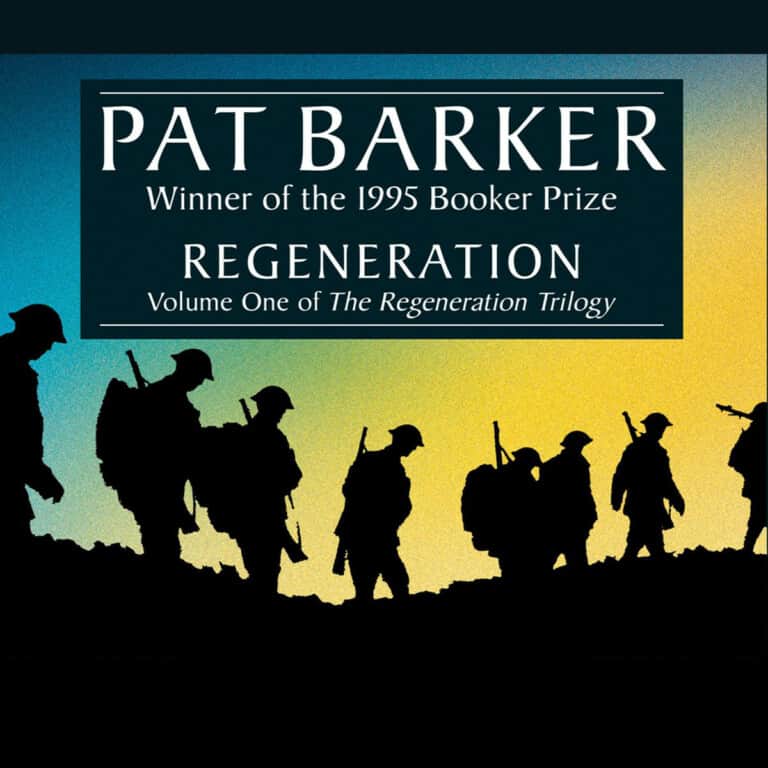Is Regeneration a novel with a plot ?
It is not as obvious as in a detective story.
I. Sassoon’s transformation
Must be seen in the changes that occurred between the beginning and the end of the novel. At the beginning, Sassoon has just protested against fighting the war.
In the end, something has changed: “no, I want to go back” (p.213). He has stopped his protest and has made the decision to go back to the front. He hesitates between protesting and going back. See p.118, paragraph 2: he is changing his mind.
II. Rivers’ transformation
At the beginning, Rivers has a very clear cut attitude: the soldiers must go back to the front when they are better. It is his “duty” (p.48). “Duty” is a very important word for Rivers. He is a military psychiatrist: a doctor but also an army officer.
p.164: “look […] I do the job“.
Not even a question of choice, he is an officer with responsibilities. Military pressure too: there were no reasons of not continuing the war at the beginning.
But his belief will be undermined with his experience with his patients…
When Rivers met Sassoon they became very close, like a father and a son. Sassoon forces Rivers to ask questions with his attitude. Rivers also changes because of the patients’ suffering. He is a very sensitive person and it makes him think about the war.
Rivers gradually uses stronger and stronger words to express his horror at the war. Being a psychiatrist, he is very intimate with his patients. He can have empathy (feel for them as if he were in their place).
This change is obvious in the chapter where Rivers looks for Burns: p.180: “nothing justifies this. Nothing nothing nothing.“. The italics show emphasis, underlying the key moment: it is the turning point in Rivers’ changing attitude to the war.
Toward the end, something also happened to him. Craighlockart is a traumatizing experience. That is why he pays a visit to another hospital so see how Yealland treats his patients.
Rivers thinks about the meaning of his dream and becomes pessimistic: he is the same kind of person as Yealland (see p.238, paragraph 2). The methods are different but the result is the same: the soldiers are sent back to the front.

